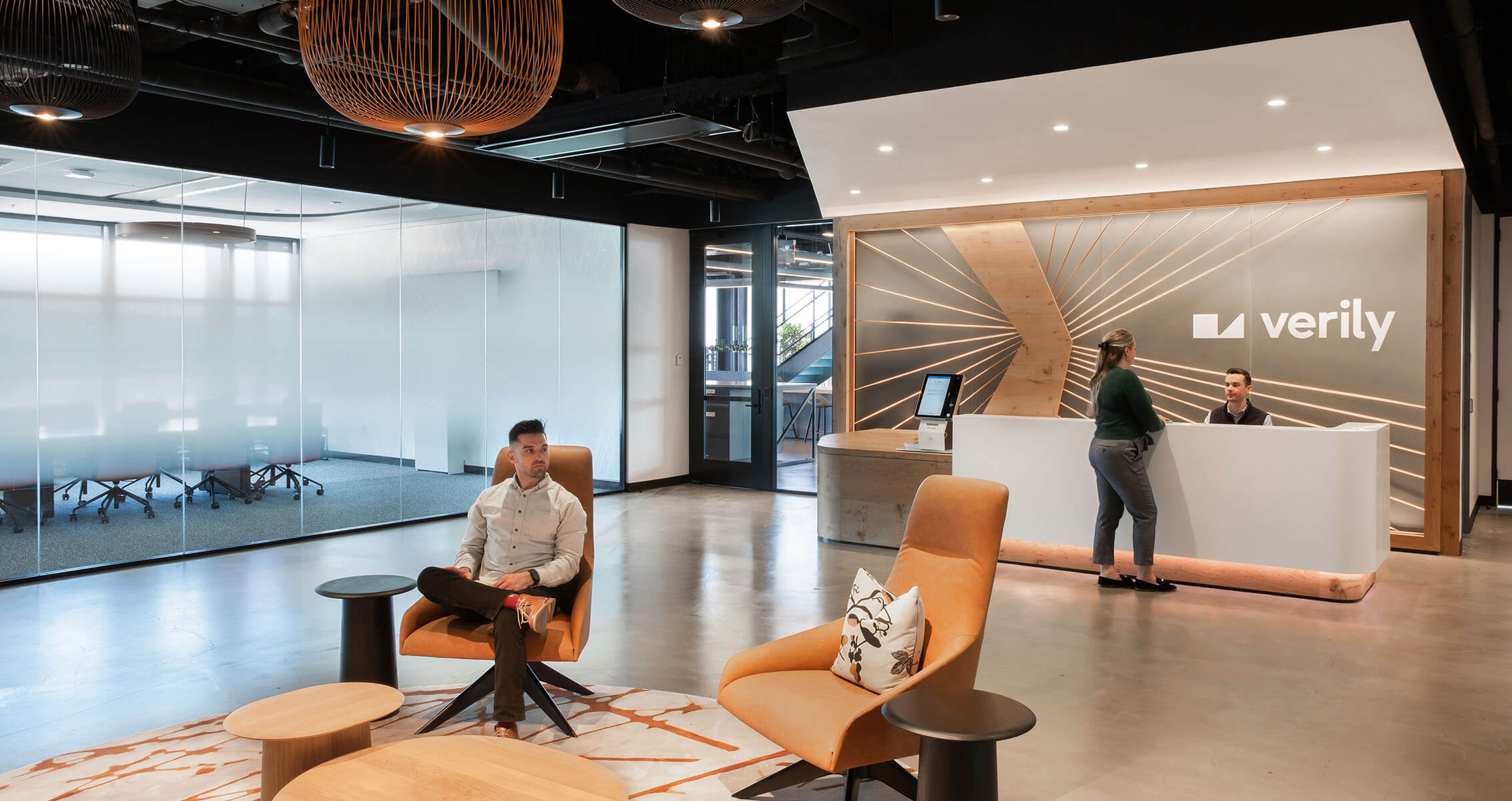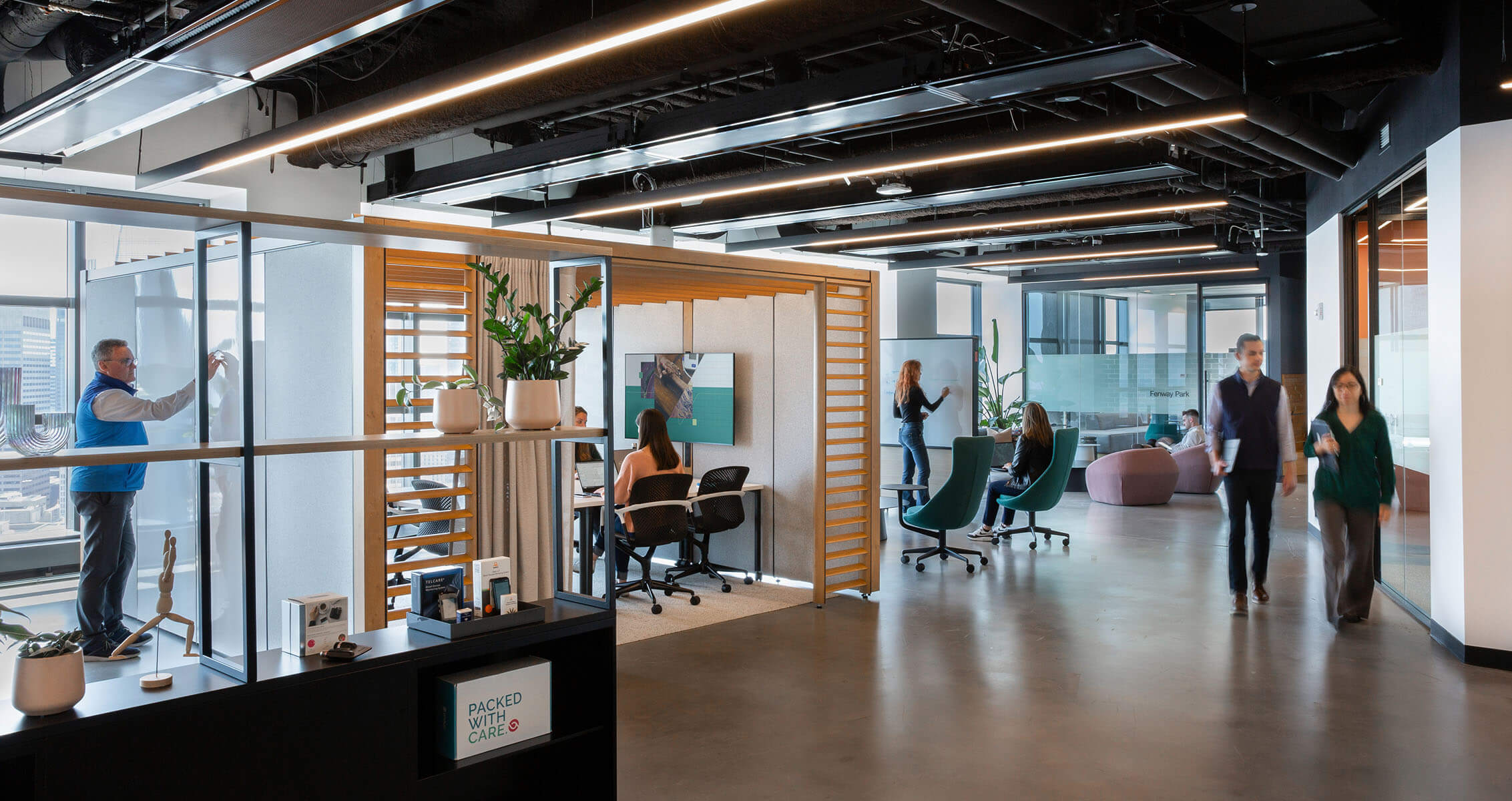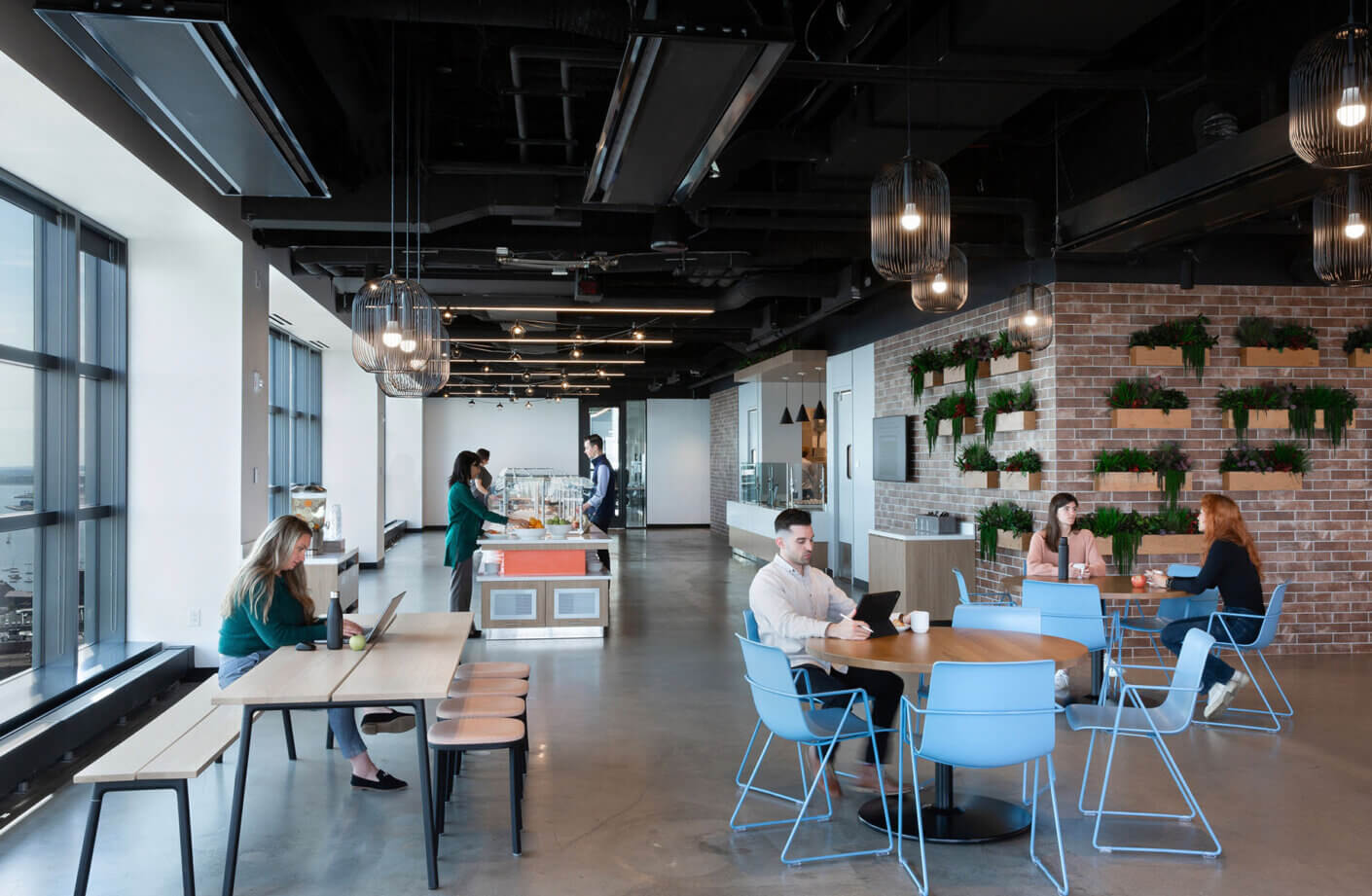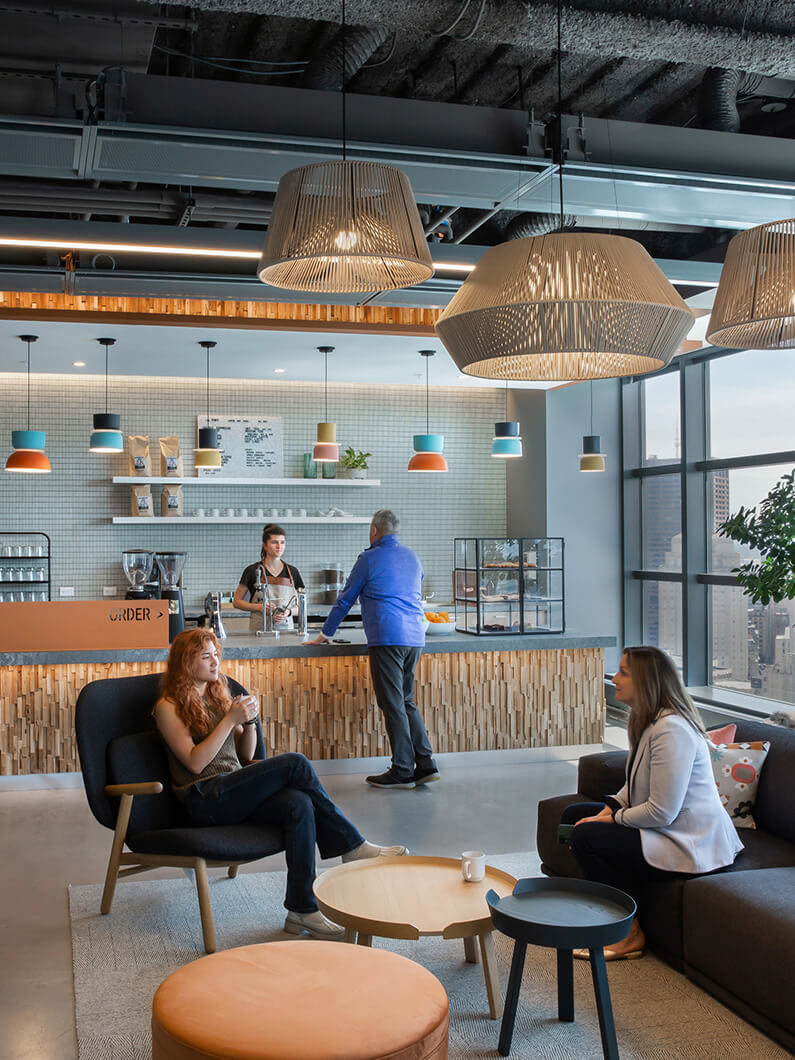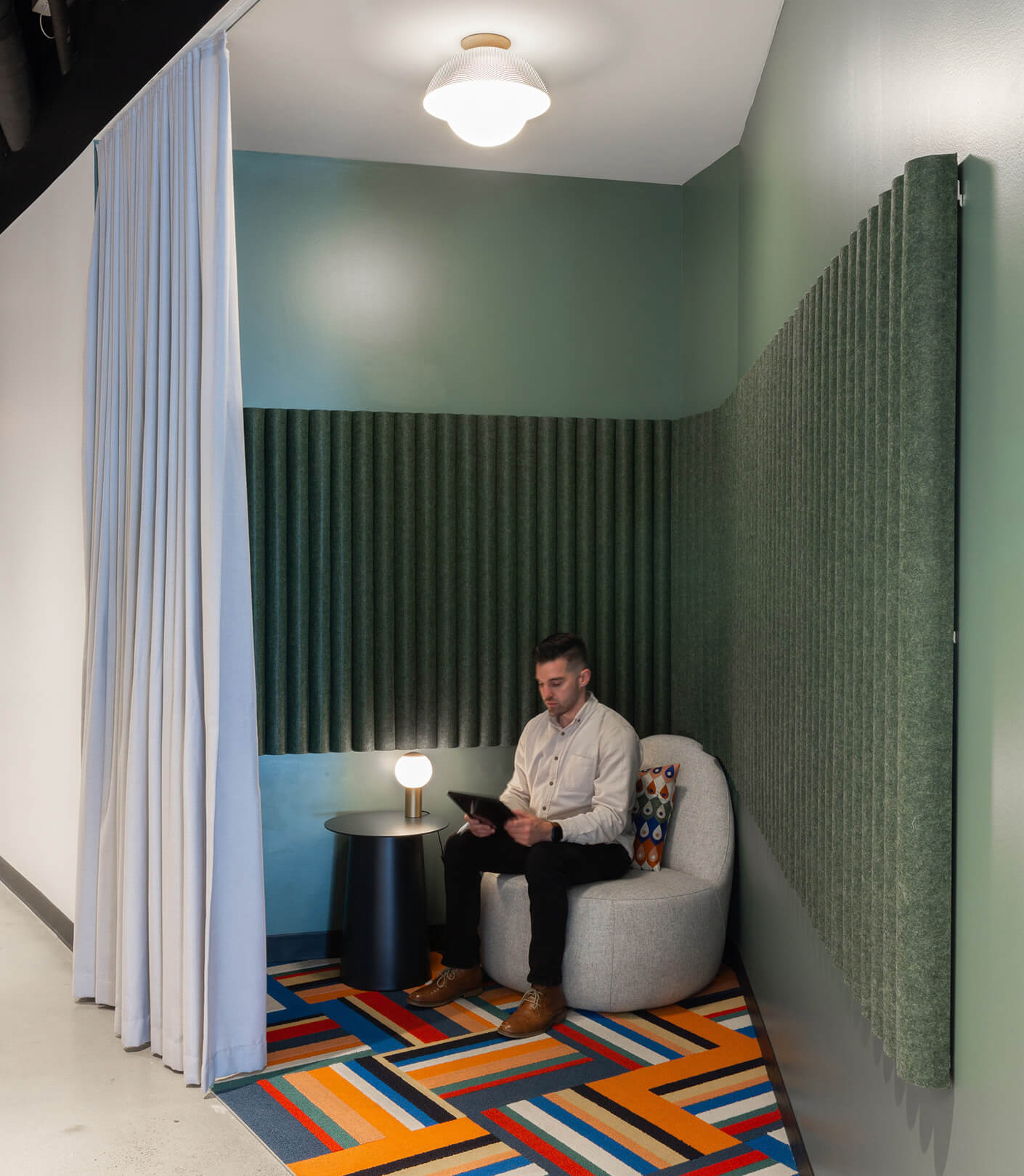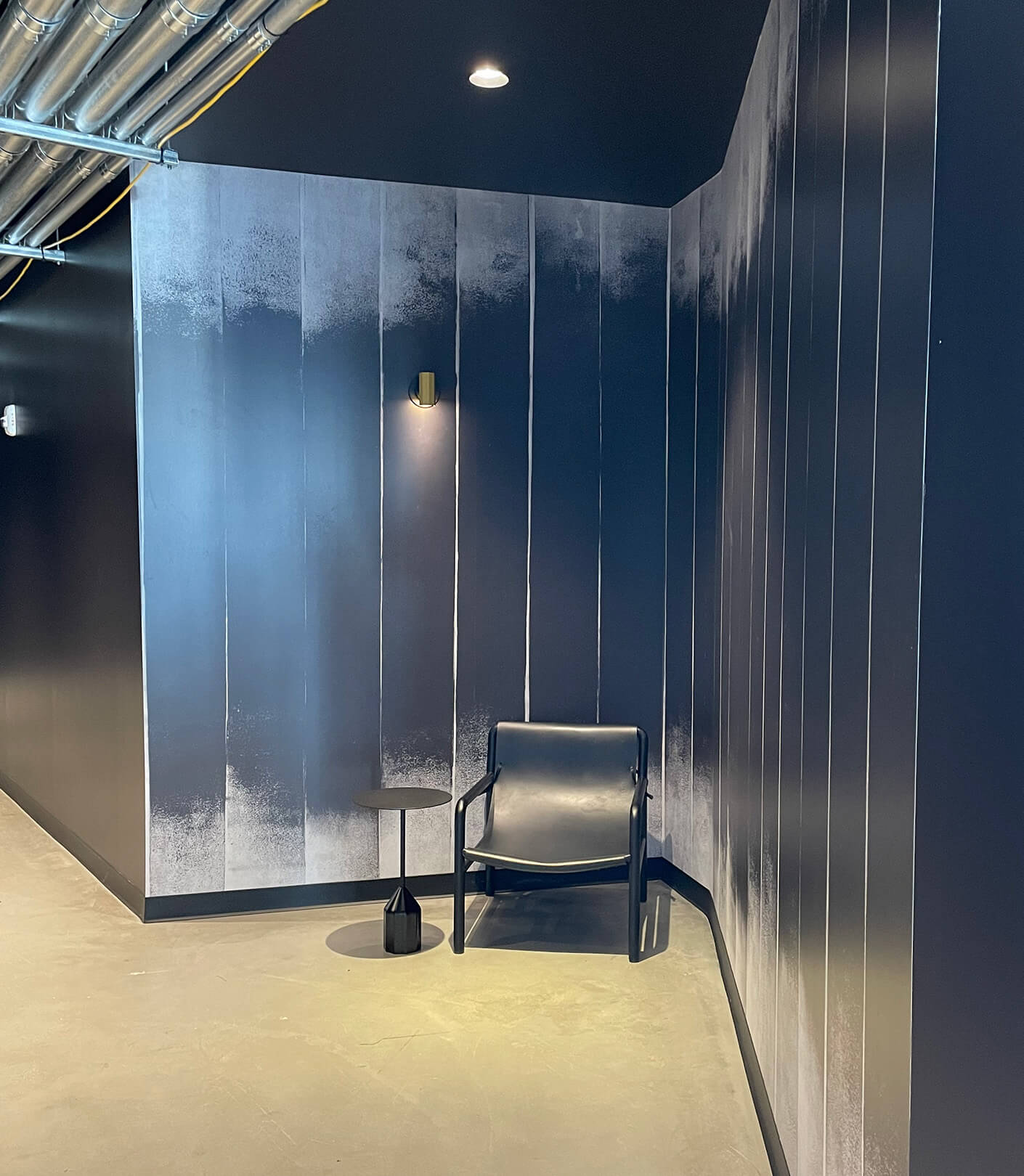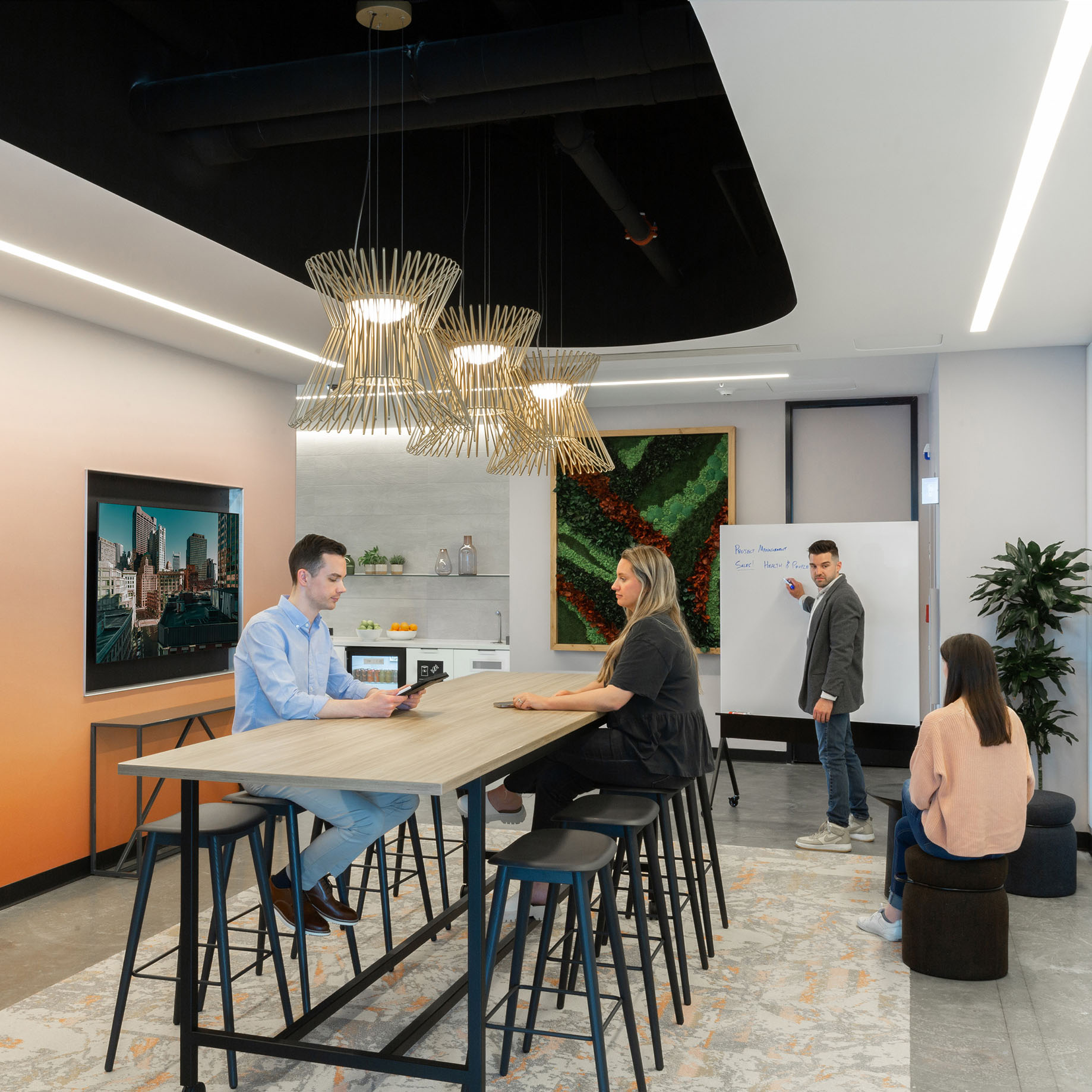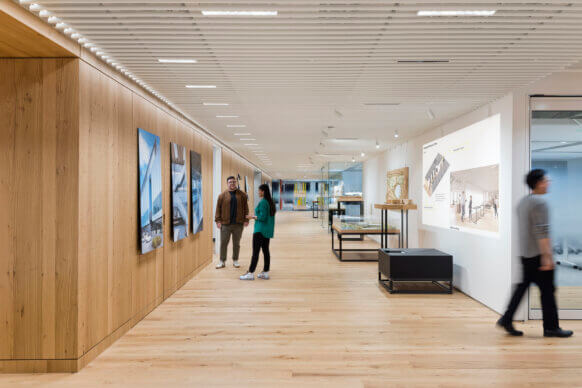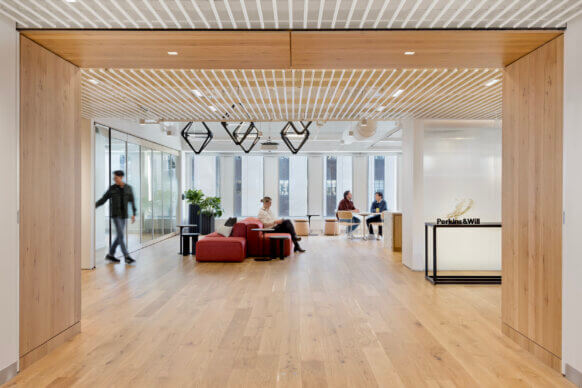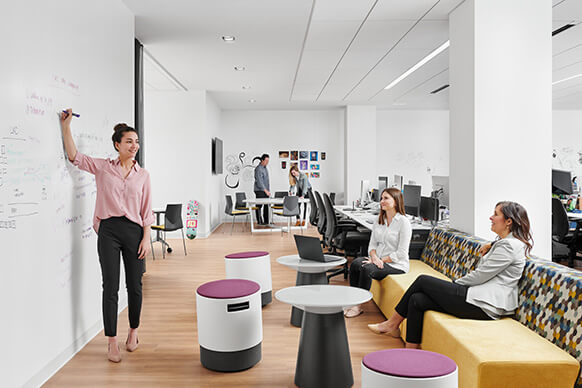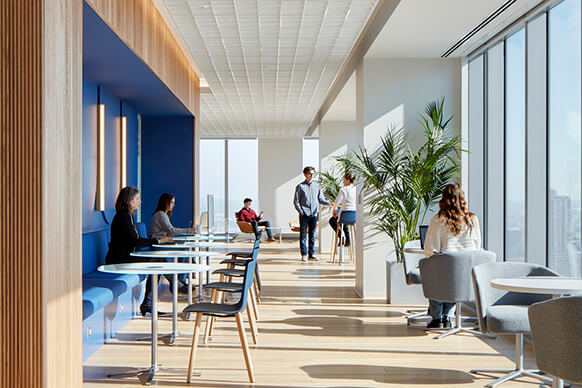The past few years have redefined workplace norms. Even as many offices mandate or encourage a return to in-person work, hybrid models have become the most common arrangement. According to EY Future Workplace Index Survey, nearly 99% of respondents indicated that employees are being required or encouraged to work in the office at least two days per week, with the highest percentage (32%) indicating three days a week.
In this evolving landscape, growth, downsizing, and market uncertainty are prompting many companies to explore subleasing as an attractive option for office space. In Boston, there’s currently over 4.5 million square feet of sublease space available—the highest amount in the city’s history. Additionally, most of this sublease space is high quality, newly built-out, fully equipped with integrated technology infrastructure, and priced at significantly lower rates. However, deciding to sublease isn’t as straightforward as it may seem. There are several factors that companies must consider before making the move.
